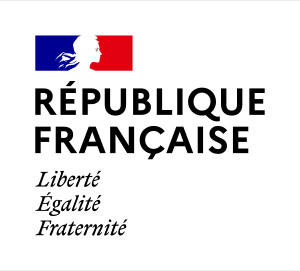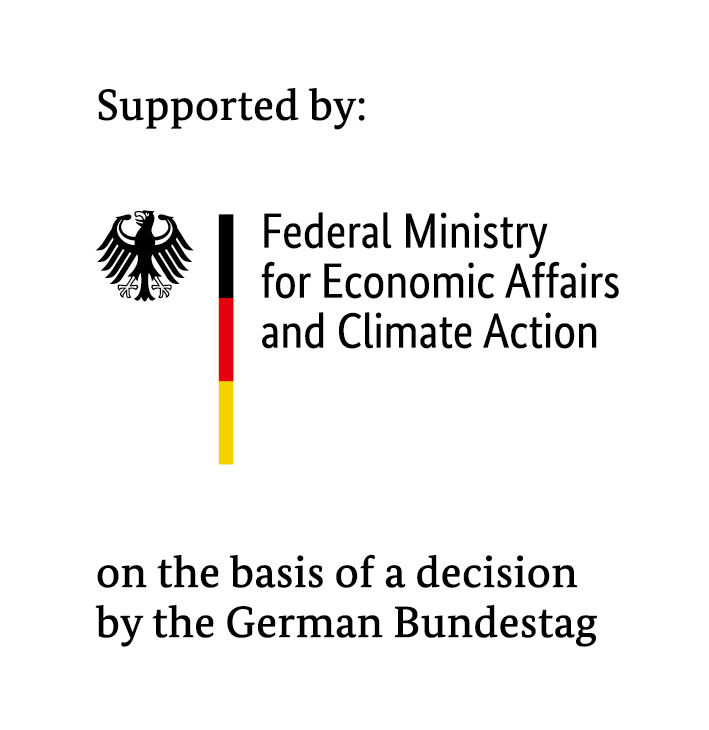MERLIN Support Office

MERLIN Scientific Advisory Group Meets for the 24th Time at DLR Oberpfaffenhofen
At the beginning of July 2025, the MERLIN Scientific Advisory Group (SAG) held its 24th meeting at the DLR site in Oberpfaffenhofen. This international group of scientific experts in methane measurement meets approximately every eight months to review mission progress, discuss technical developments, and plan future actions.
Key Highlights from the Two-Day Meeting
The meeting agenda was packed with critical updates and in-depth discussions. On July 2nd, the focus was on the development and integration of the MERLIN payload. The system integration and constructions at ILT in Aachen on MERLINs costume tailored Laser was presented which is a crucial component for the mission’s methane sensing capabilities. The laser system is scheduled for spectral purity testing by the end of August to ensure measurement accuracy from space.
Further sessions covered the prosess of data processing activities for Level 1 to Level 3 data products, and details on the L0 decommutator. Spectroscopy updates highlighted recent methane measurements in both dry and humidified air, improving understanding of methane’s spectral behavior.
On July 3rd, Scientific presentations addressed the use of MERLIN data to fill critical gaps in Arctic methane monitoring, emphasizing the mission’s vital role in global climate efforts.
Discussions included lidar activities at ONERA, methane measurements over water, and comparisons between MERLIN and TROPOMI satellite uncertainties. Validation campaigns such as MAGIC and CoMet were reviewed alongside a special highlight: the group’s visit to the German HALO research aircraft. This cutting-edge high-altitude aircraft plays a significant role in atmospheric research and complements MERLIN’s satellite data by providing airborne methane measurements.
The MERLIN mission (Methane Remote Lidar INstrument) represents a novel European satellite project to accurately detect and monitor methane emissions worldwide. The continuous international collaboration within the SAG ensures the mission’s technological readiness and scientific excellence.






